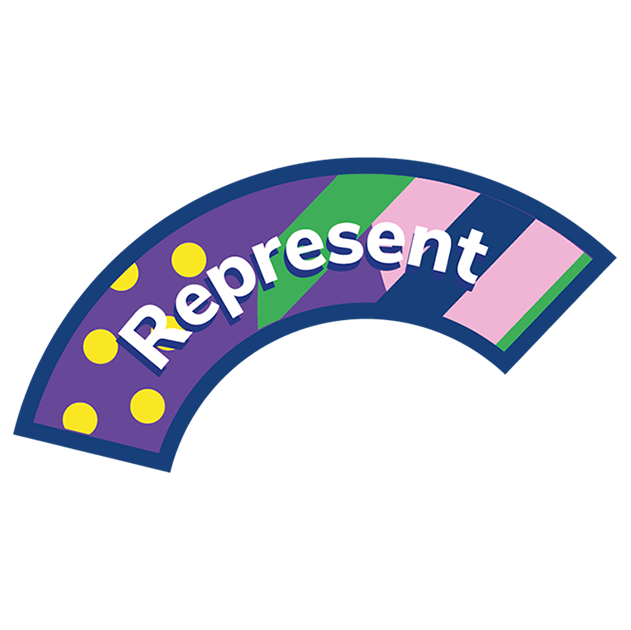
Share your favourite badge
You’ll need
- A copy of your badge
- Any props needed
Before you begin
- Use the safety checklist to help you plan and risk assess your activity. There's also more guidance to help you carry out your risk assessment, including examples.
- Make sure all young people and adults involved in the activity know how to take part safely.
- Make sure you’ll have enough adult helpers. You may need some parents and carers to help.
Planning and setting up this activity
- Think about who the group might talk to or show their badge work too. This could be just to your own section, to parents and carers, or to another section.
- To give everyone lots of time, you could run this activity over a few weeks. You could also ask people before the session to think about which badge they want to do, so they can bring in any relevant items, such as their badge work.
- You may wish to practice deep breathing or other techniques to help everyone to manage any nerves, such as mindfulness techniques. Some people may also find it more comfortable to talk as part of a circle, rather than standing or sitting at the front of the group.
Running this activity
- Gather the group together and explain that everyone is going to find a way to tell others about a badge they’ve achieved. This could be done individually or in pairs.
- When you’re ready, everyone should choose the badge they want to talk about. It could be their favourite badge, a badge they really enjoyed doing, their first badge, a badge that holds special memories or a badge that they’re particularly proud of achieving.
- Everyone should then plan how they’re going to tell others about the badge. They may wish to do a presentation, put together a story, create a dance, make some puppets, make some artwork to talk about, or work with a partner and interview each other. When they show what they’ve done to the group, it should last no longer than 5 minutes. People may wish to use props or visuals to make their presentation more engaging too, such as a certificate, instrument or sports equipment.
- People should try to include why they chose to earn this badge, what they did to get it, any challenges or problems they had while completing the badge and how they overcame them, what they learned or took from getting the badge, and any memorable moments or stories.
- Make sure to give people lots of chance to practice what they’re going to do. Some people may not be comfortable talking in front of others, so they may have someone help them to read or talk through what they’ve done. You could ask people to practice presenting to someone else or another pair, then give each other feedback, such as what they liked, what they’d like to know more about or if there’s anything they could do to make it even better, such as talking slower.
- When everyone feels ready, people can present their work and tell each other about the badges they’ve earned. At the end, make sure to congratulate each person or pair. You may also want to give the audience time to ask questions to the presenters.
- Remember, no-one should be made to present to others if they don’t feel happy or comfortable to. Instead, find an alternative way for them to present. Someone else could read out what they’ve written, they may want to pre-record a video or voice note at home to play back to the group, or they may want to answer yes or no questions about the badge by shaking or nodding their head.
Reflection
This activity was all about communicating to others, practising public speaking and boosting your self-confidence. It is a great tool to inspire others, as well as overcome your fears.
What did you learn from listening to others' badge stories? Did anyone inspire you to want to try a particular badge or activity? How can sharing our achievements help us and others in the future?
You may have presented your work back to the group. If you did, how did you feel being in front of an audience? Did you enjoy presenting? How did it feel before, during and after doing it? Was everyone supportive? What did you like about your presentation? What would you differently next time?
Safety
All activities must be safely managed. You must complete a thorough risk assessment and take appropriate steps to reduce risk. Use the safety checklist to help you plan and risk assess your activity. Always get approval for the activity, and have suitable supervision and an InTouch process.
Remember to consider people's learning needs and make adaptations as appropriate. Some people might learn in different ways. Some might need to take notes using a recording device, others may prefer to present as a video or recording.
All Scout activities should be inclusive and accessible.
If you enjoyed this activity, try our other activities from Get into teaching

